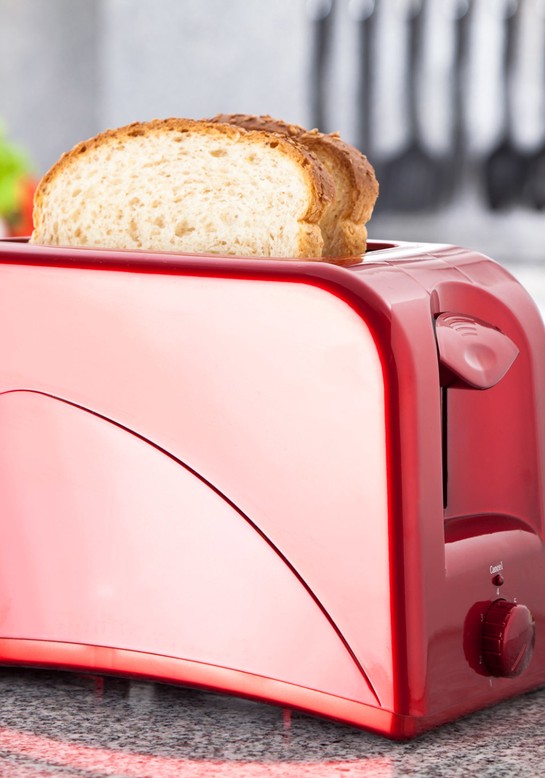5 Sneaky Reasons You're Spending More Than You Want To
New research reveals surprising traps we fall into when we take out our wallets.
By Lynn Andriani
You're a Different Sort of Color-Blind
Let's say you're shopping for a toaster and deciding between two similar models: One is a deep red color (and more expensive); the other is beige (and cheaper). If you're thinking, "I'll get the red one. It looks bigger," you may have fallen into the saturation trap. Here's how it works: We perceive products to be larger or smaller depending on the saturation of their color (how deeply hued they are)—and this perception influences how much we'll pay. In a recent study published in the Journal of Consumer Research, participants were willing to spend more for a large carry-on suitcase with a high not low saturation. And while we're talking about visual perception, a study published in the Journal of Marketing Research found that we tend to identify products as more valuable when there's more space devoted to their display. The takeaway: Don't let bright colors or neatly spaced-out displays distract you from evaluating the product for what it is.
Published 10/03/2017


